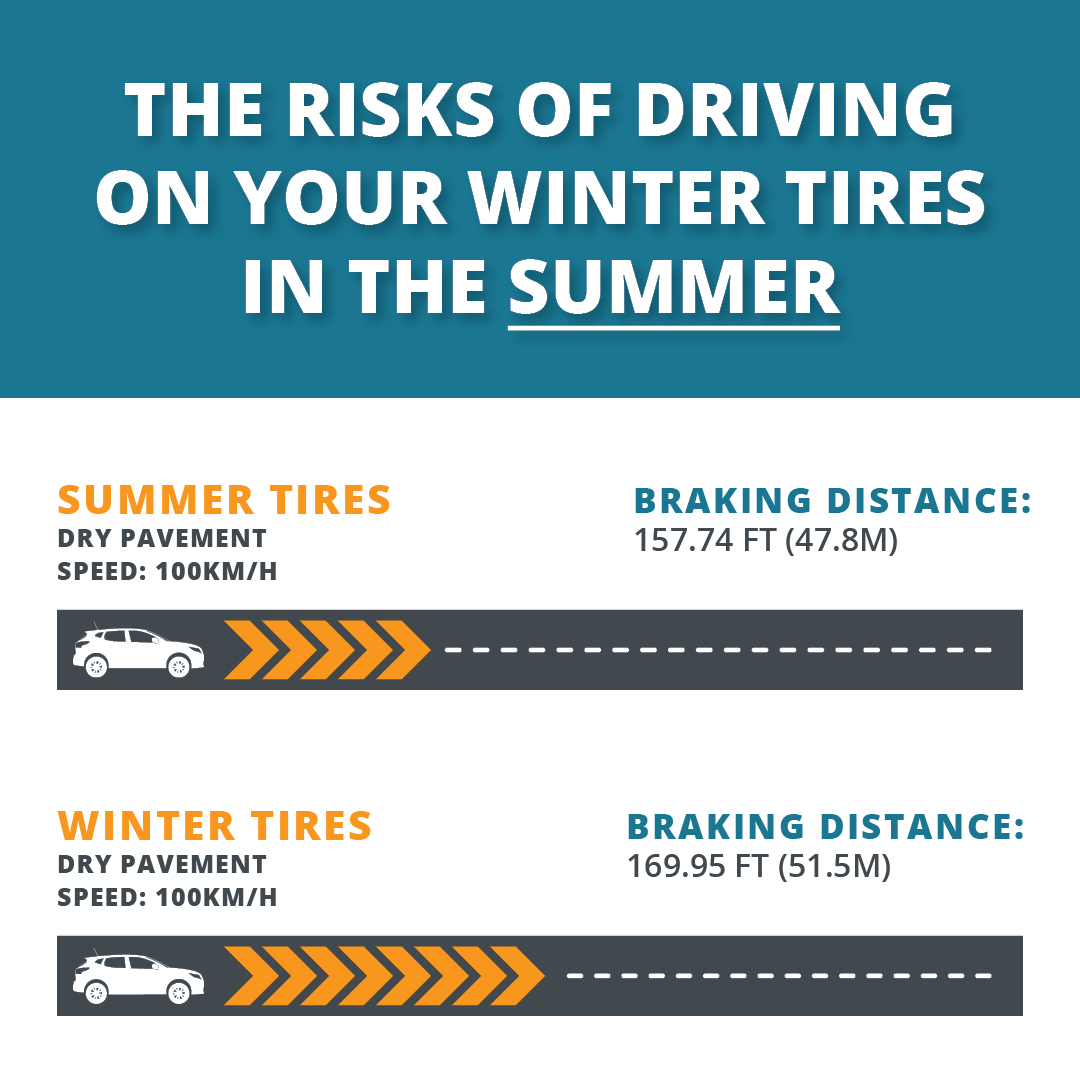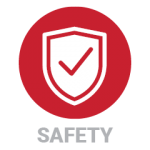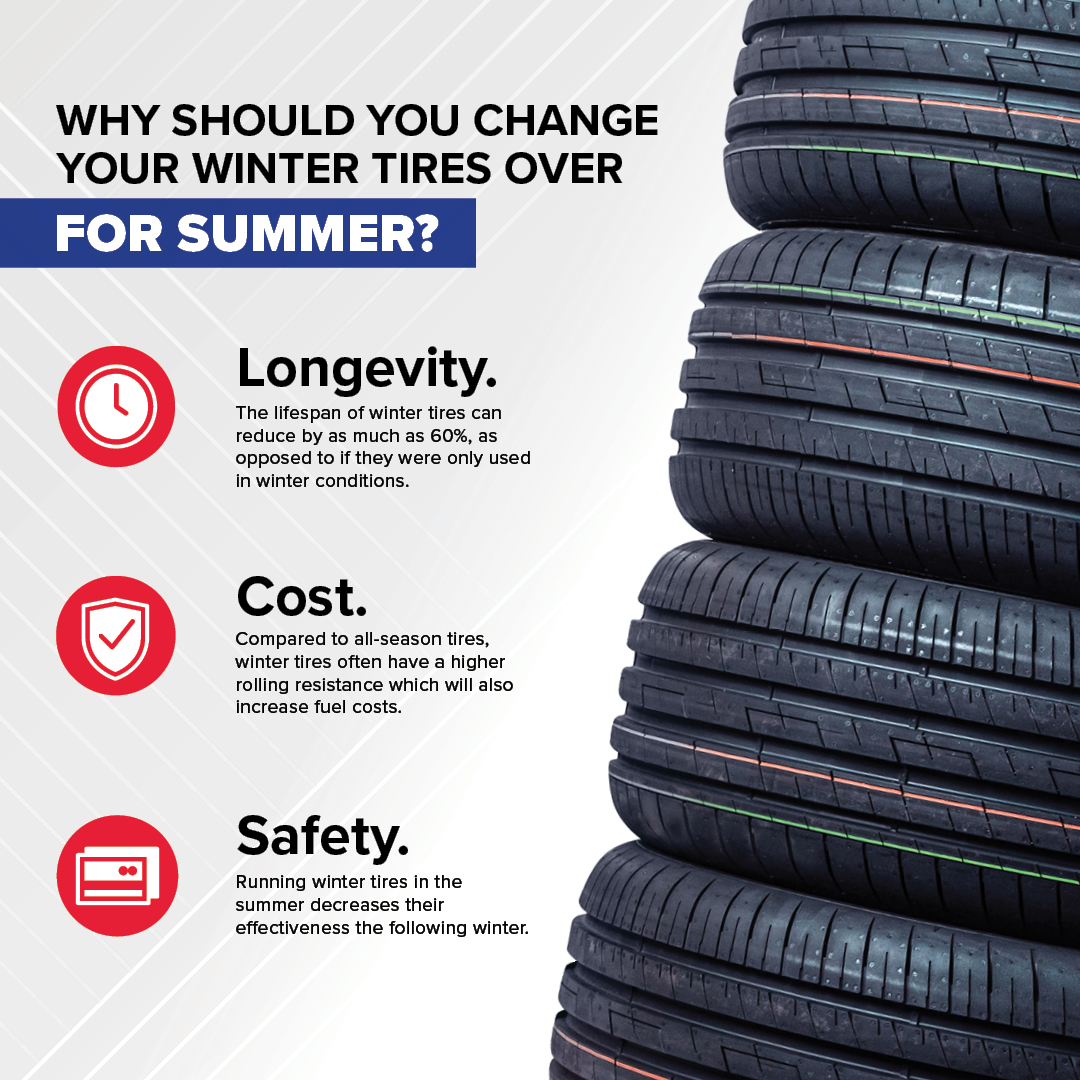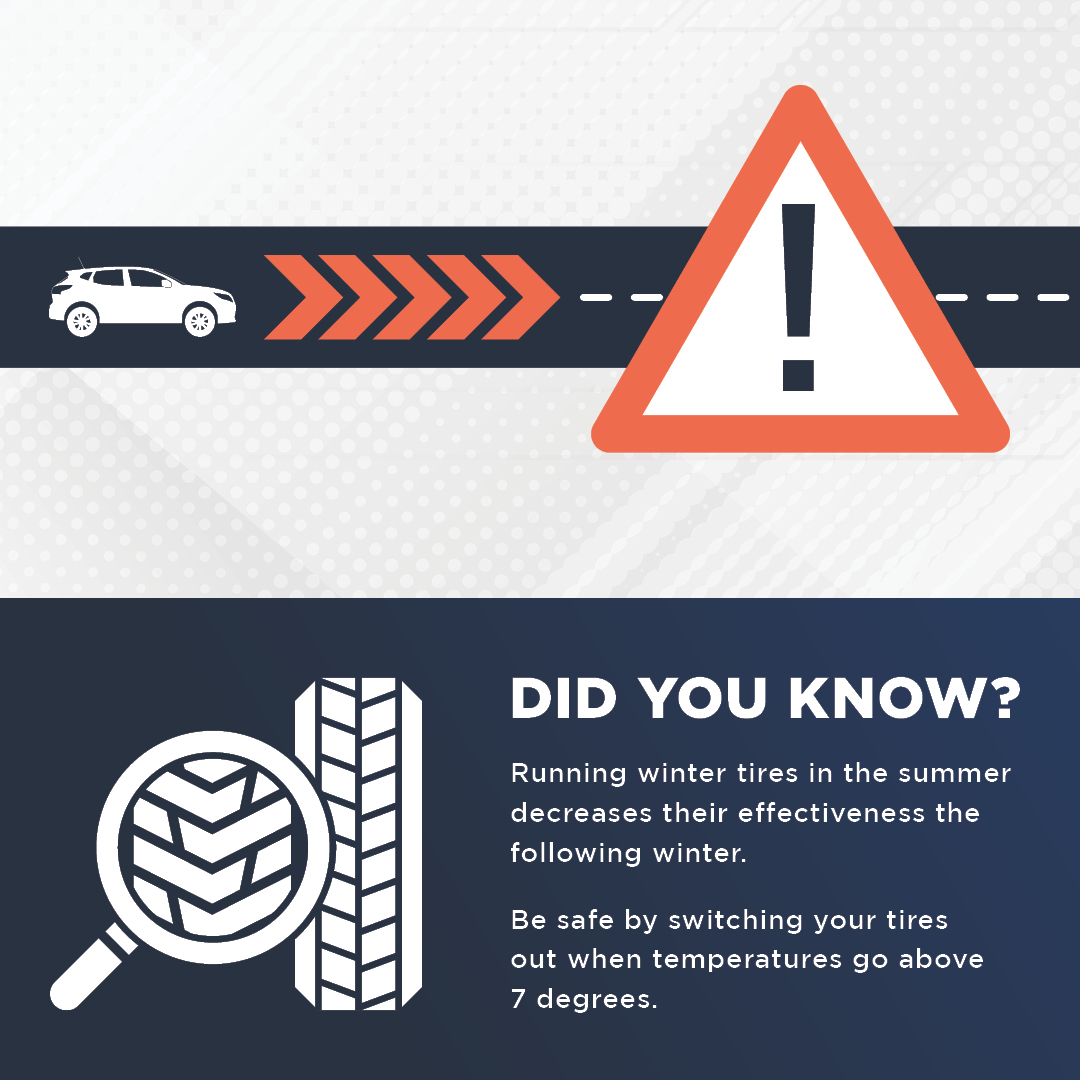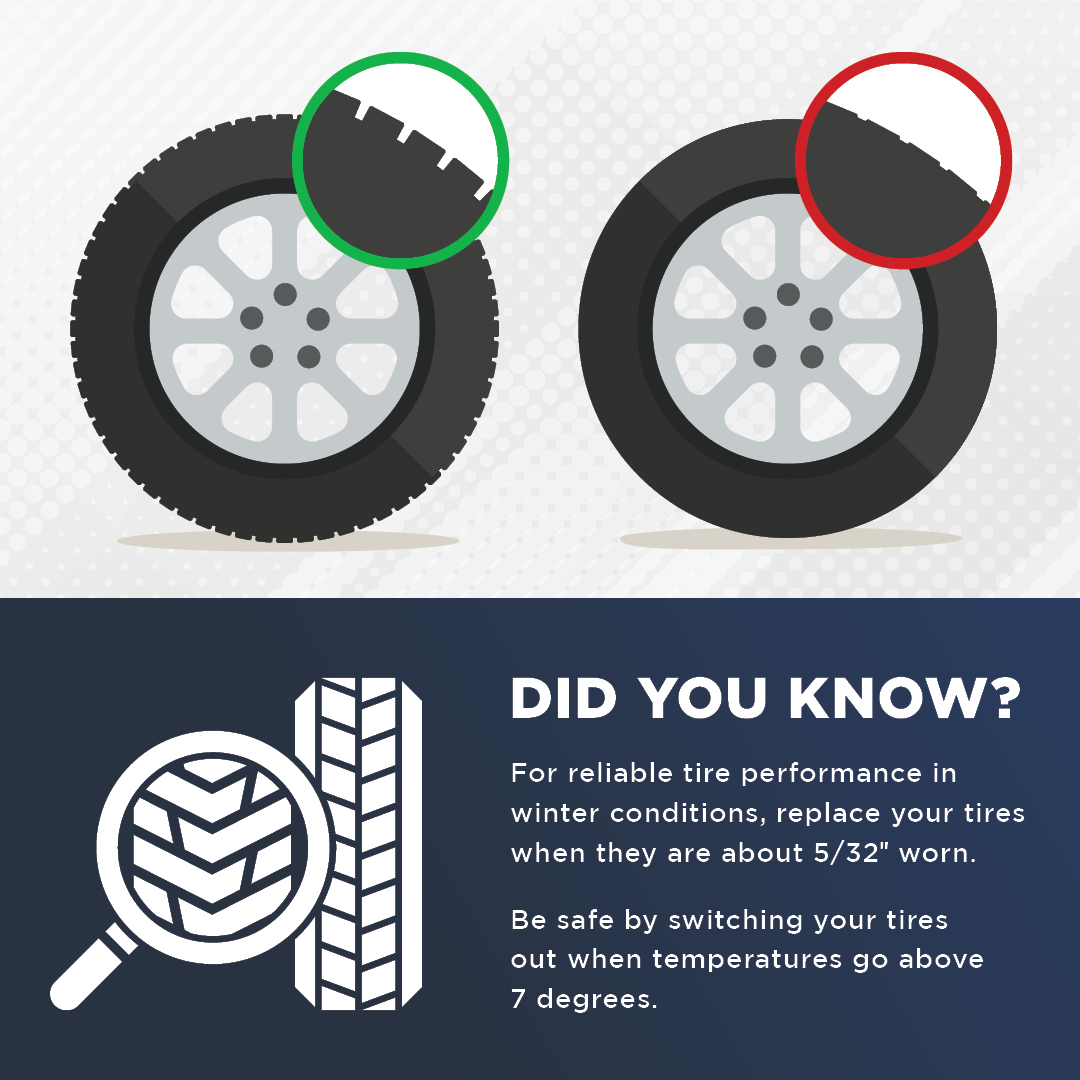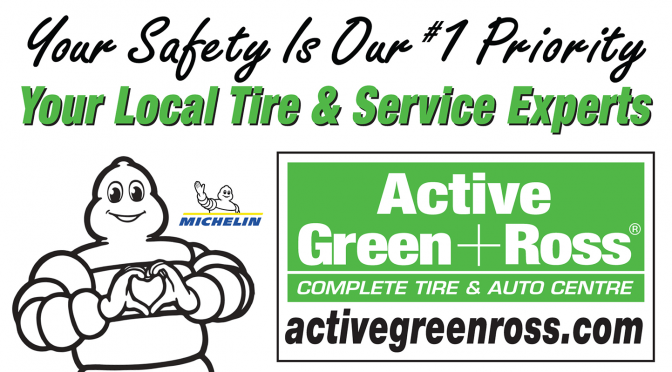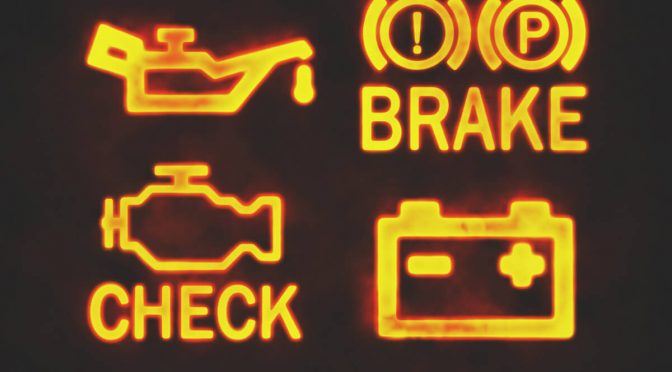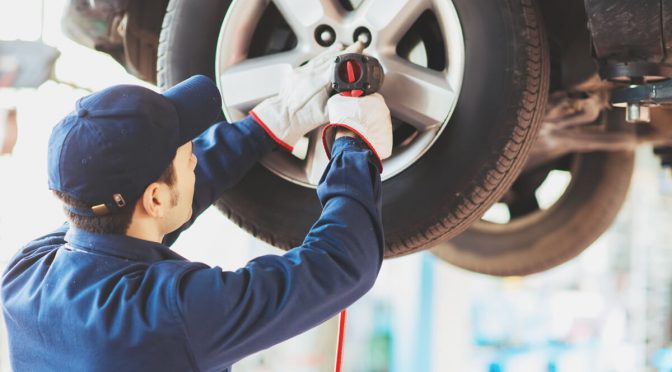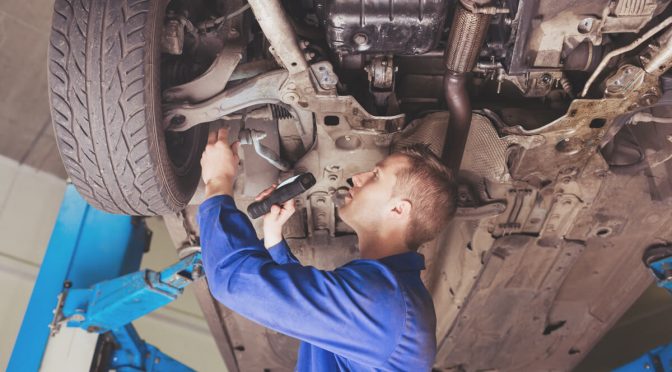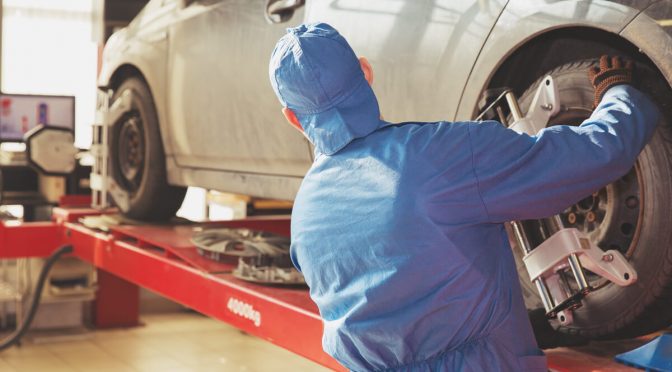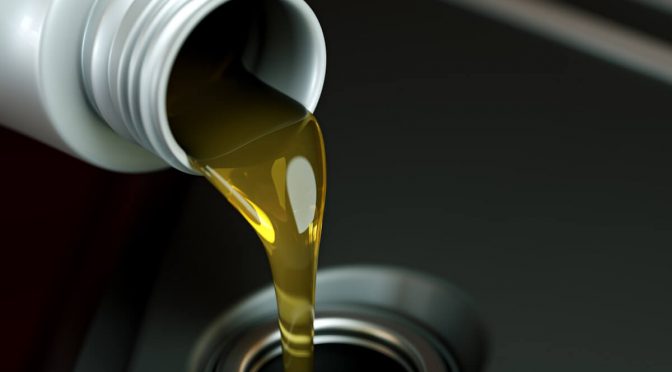Canadian winters are notoriously harsh and throw all kinds of weather our way, sometimes making driving a harrowing adventure, so it’s important to be prepared.
Here are some tips to ensure that you and your car make it through the season unscathed.
- Switch to a winter weight oil. Viscosity varies with temperature, so your car may benefit from a different weight of engine oil in the winter. A lighter weight engine oil will improve engine start-up and provide better lubrication during the colder months.
- Check your tire pressure. Be sure to check the pressure of your tires (including your spare tire) at least once per month this winter – every 5°C change in temperature results in about a 7_kPa (1 psi) change in tire pressure. Properly inflated tires last longer, make your vehicle safer to drive and can improve your fuel efficiency by 3.3 per cent.
- Keep your gas tank at least half full. Maintaining at least a half tank of gas will limit condensation in your gas tank and prevent your gas line from freezing during the colder months. Adding a little gas-line anti-freeze every second fill-up can also help to prevent freezing.
- Check and/or replace your battery. Very cold temperatures will reduce your car’s battery power, so it’s important to keep the connections clean, tight and corrosion-free. If your battery is more than five years old, you should also consider replacing it with one that is rated as high as the one specified in your owner’s manual.
- Use the right coolant. As strange as it sounds, your cooling system is one of the most important things to watch during the winter. In most parts of Canada, a 50/50 mix of coolant and water keeps the coolant from freezing, lubricates the water pump and protects the cooling system from corrosion. In very cold areas you may need to change the concentration, but your coolant concentration should never exceed 70 per cent.
- Check your brakes. When you need to stop on slick and icy roads, every second counts. Check your brakes for wear and tear and buy yourself some time to stop by replacing worn brake pads.
- Test your exhaust system for leaks. Leaks can be especially dangerous during cold weather driving when windows are closed. Be sure to check your exhaust system at least once per year to stay safe.
- Check your lights. Over time, your lights may dim or burn out completely and the plastic in your light covers will degrade and cloud, leading to distorted and dimmed illumination. Be sure to replace both your bulbs and light covers to maintain high quality lighting. Waxing your headlight covers can also help prevent the build-up of ice and snow on your lights during the cold and dark winter months.
- Avoid using cruise control. You should never use your cruise control on wet, snowy or icy roads. If you hydroplane or skid, your tires will rapidly spin as your car accelerates to maintain its speed, and you are more likely to lose control.
- Pack an emergency kit. Never leave home without a safety kit in the winter. Make sure that you have a shovel, a snow/ice brush, jumper cables or a battery pack, extra windshield washer fluid, and warm clothes or a blanket in your trunk in case you get stranded.
Winter driving is no funny business, so be sure to slow down, be patient, and remember that there is no shame in being overly cautious. If you feel uncomfortable continuing to drive in poor weather conditions, pull over and wait it out or just stay home.
Visit your local Active Green + Ross or click here to schedule your appointment online today!


